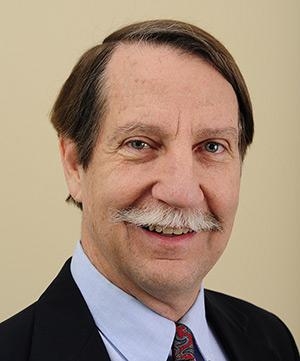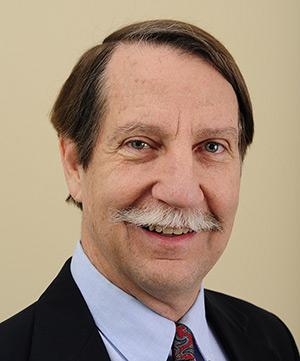BOONE—Dr. J. Sid Clements of Boone has been named a Fellow in the Institute of Electrical and Electronic Engineers (IEEE). Clements is a professor of physics in the Department of Physics and Astronomy at Appalachian State University.
The IEEE publishes 30 percent of the world’s literature in the electrical and electronics engineering and computer science fields and has developed more than 900 active industry standards. The association also sponsors or co-sponsors nearly 400 international technical conferences each year.
The IEEE Grade of Fellow is awarded by the IEEE Board of Directors based on a person’s extraordinary record of accomplishments that have contributed to the advancement or application of engineering, science and technology.
For this prestigious honor, the total number of Fellows selected in any one year does not exceed one-tenth of 1 percent of IEEE members worldwide.
Clements was recognized for his decade-long work to evaluate and eliminate electrostatic hazards, especially those related to NASA’s aerospace program, including the Space Shuttle, International Space Station, Mars Rovers and Hubble Telescope. An example of an electrostatic hazard is tiny sparks on the Space Shuttle that might ignite a hydrogen leak.
A member of IEEE since the early 1980s, Clements also has served the organization in a variety of leadership roles. He also is an active member of the Electrostatics Society of America, and recently presented the keynote lecture to more than 250 attendees of the 36th Annual International 2014 EOS (Electrical OverStress)/ ESD (Electrostatic Discharge) Symposium.
Clements said his work with NASA was the result of the encouragement he received from Dr. Anthony G. Calamai, who was his former department chairman and now is dean of the College of Arts and Sciences. “He set up the infrastructure, which made it possible for my students and me to work at NASA/Kennedy Space Center (KSC) every summer for the last 10 years, which led to this award, and I am very grateful for his facilitation of this research,” Clements said.
Calamai has worked for many years to bring funding to the university in the form of summer research fellowships for students and faculty through his work on the executive board of the North Carolina Space Grant Consortium. Clements’ students apply for research funding from N.C. Space Grant to work at Kennedy Space Center each summer.
“When you are working at NASA/KSC, you also interact with many Boeing and Aerospace Research Corporation scientists and engineers. That helps me train students for work with similar companies,” Clements explained. “I have a former graduate student who’s working for Space X now. A current graduate student just received an internship at NASA/KSC that could lead to a permanent NASA position.”
Clements earned a Ph.D. in nuclear physics from Florida State University, and then worked there eight years as a research scientist developing an electron beam precipitator to remove the fly ash particles discharged by coal-fired burners into the atmosphere.
“That (experience) transitioned me from nuclear physics to applied electrostatics. I liked electrostatics so I stuck with it,” he said.
Clements is currently working on a NASA project that will facilitate long-term deployments on Mars.
“It’s called in-situ resource utilization,” he said of the project. “When people go to Mars, they will have to stay there for at least a year, and to do that they will have to be able to concentrate the small amount of oxygen that is in the Martian atmosphere. That will require electrostatic precipitators or special filters to remove dust particles from the air that is fed into the oxygen concentrator.
“It’s interesting that precipitation was the very first project I worked on involving electrostatics, and here I am 30 years later doing it again, but for Mars instead of the Earth,” Clements said.

